Spring Travel
With fewer crowds, hiking trails reopening, parks becoming picnic grounds again, cheaper hotels, and sunshine on your shoulders without sweating, spring is the perfect time to go camping, boating, or hiking. Besides that, spring is a sensory and visual treat, a rainbow of colors and a bouquet of scents, with flowers blooming, skies turning blue, birds returning from the south, and animals emerging from their winter slumber with infants in tow. Also, during the months of spring, Easter is a significant festival in most of Europe. Easter celebrations are found all over the continent, and they usually feature lots of wonderful food, chocolate eggs, and spiritual events, accompanied by school holidays.
So to experience the magic of spring and the Easter festivities, and enjoy the benefits of off-season travel, I recommend all my fellow travelers to try traveling during spring. Through this series of articles, I intend to share our stories and experiences of travels during spring with our fellow photography and travel enthusiasts. I hope they help you plan your spring travels!
Chefchaouen, dubbed as the ‘Blue City of Morocco,’ is a picturesque town nestled in the Rif Mountains of northern Morocco. It is a haven for photographers, artists, and seekers of serenity. What truly sets it apart is its iconic blue palette. Painted in calming shades of sky, azure, and indigo, the town’s medina is a maze of narrow alleyways, staircases, and doorways drenched in layers of blue. With a slow pace, friendly locals, artisanal handicrafts, and unmatched scenery, Chefchaouen is more than a destination - it’s an experience carved in cobalt and tranquility.
Tucked along Morocco’s Atlantic coast, Asilah is a town where history, art, and the sea meet in poetic harmony. Its whitewashed walls, accented by bright blue doors and colorful murals, make it one of the most photogenic towns in the country. Originally settled by the Phoenicians as early as 1500 BCE, Asilah has seen a parade of rulers - Romans, Idrisids, Portuguese, and Spaniards - each leaving behind a unique architectural and cultural footprint. The Portuguese built the city’s ramparts in the 15th century, parts of which still encircle the medina today. In the 20th century, Moroccan authorities restored the medina, making it one of the cleanest and best-preserved in the country.
Nestled between the Rif Mountains and the Mediterranean coast, the UNESCO World Heritage town of Tetouan carries an identity shaped by its location, history, and cultural soul. Known as La Blanca or The White Dove, the city gleams with whitewashed buildings that reflect purity, elegance, and a deep connection to its Andalusian past. Tetouan flourished in the fifteenth and sixteenth centuries when Muslim and Jewish refugees crossed from Spain, bringing with them a legacy of art, architecture, language, and craftsmanship that continues to define the city’s atmosphere. Their influence is visible in the medina’s delicate wooden balconies, tiled courtyards, and intricate carvings that mirror the traditions of Andalusia.
Tangier, perched at the meeting point of Europe and Africa, has always been a city that sparks curiosity and imagination. With Spain visible across the Strait of Gibraltar, the city has for centuries served as a natural bridge between continents. Phoenicians, Romans, Arabs, Portuguese, and Spanish all shaped its character, leaving traces of their civilizations in the streets, squares, and fortifications that still define the urban landscape. Its strategic location allowed Tangier to become a bustling port city where merchants, travelers, and diplomats gathered, creating a multicultural identity that continues to thrive today.
During the tenth labor of Hercules, which was to retrieve the cattle of Geryon, a fearsome giant, he had to pass through the Atlas Mountains, then thought to be the edge of the known world. Legend has it that instead of scaling the mighty mountain range, Hercules smashed through it with his superhuman strength, creating the Strait of Gibraltar and separating Europe from Africa. The Caves of Hercules are said to be the place where he rested after this heroic act before moving on towards his eleventh labor, i.e., stealing the Apples of the Hesperides.
A British Overseas Territory on the southern tip of Spain, Gibraltar is a strategic gateway between the Mediterranean Sea and the Atlantic Ocean. Despite being only 6.7 square kilometers in size, it holds immense geopolitical and historical significance. For centuries, it has stood as a sentinel guarding the Strait of Gibraltar, a narrow waterway that separates Europe from Africa and connects the Mediterranean Sea to the Atlantic Ocean. The Rock itself rises dramatically from the sea, its limestone cliffs concealing both natural wonders and secret wartime tunnels.
For photographers, The Hague is a treasure trove of visuals; from moody canals and Gothic buildings to beachside sunsets and cosmopolitan street scenes. This article will take you on a visual journey through the most Instagrammable spots across the city, including both its old-world elegance and contemporary edge. Whether you’re a street photographer, architecture lover, or casual Instagrammer, The Hague has the perfect shot waiting for you at every turn!
Situated near Faxaflói Bay in southwest Iceland, Reykjavík is the capital of Iceland and the northernmost capital of any sovereign state globally. Glaciers, earthquakes, and volcanic eruptions have sculpted the landscape of the city over the millennia, as the area is geothermal; after all the name translates to "Smoky Bay." Though it only has 120,000 residents, it's a thriving city that welcomes a growing number of tourists each year. It is the political, cultural, and economic hub of Iceland and is regarded as one of the world's safest and cleanest cities.
Many nations have windmills, but the Netherlands has so many of them and they are such a significant part of the nation's industrial and cultural legacy that many people throughout the world associate windmills with the country. From the Middle Ages onward, windmills have been a defining feature of the Dutch countryside. In the heyday of the windmills during the 19th century, there were roughly 9,000 windmills in the country. Even though the Industrial Revolution replaced windmills with steam, diesel, and later electricity, over 1,000 antique windmills, many of which are still operational, still stand throughout the Netherlands thanks to historic preservation initiatives. Today, along with cheese, tulips, and clogs, they are among the most well-known images of Holland. For this reason, visiting a windmill has to be at the top of your travel itinerary when visiting the Netherlands.
A vast ocean of endless tulip fields, medieval windmills, charming canals, modern bicycle lanes, and postcard-perfect countryside - these are the images that appear in our minds when we think of the Netherlands. However, we tend to forget that the Netherlands also has its fair share of castles and palaces thanks to the royal families and nobilities who shaped the rich history of the country over the ages. Many of these were built during the medieval times either as defensive structures or luxury residences. Over the years, the purpose of these castles and palaces has changed, and today, they’ve turned into government offices, museums, and tourist attractions, where visitors come to admire the architecture, art collections, and gardens.
King's Day is probably one of the most popular and flamboyant celebrations in the Netherlands. Every year on April 27 (or the day before if it falls on a Sunday), the Dutch celebrate their King Willem-Alexander's birthday as a national holiday with a lot of music, dancing, flea markets, and fun fairs all over the country. If you happen to be in the Netherlands, you can’t miss this event!
Being the largest exporter of flowers globally and accounting for two-thirds of the world's total floral sales, the Netherlands is aptly dubbed as the ‘Land of Flowers.’ Therefore, it goes without saying, that spring is the most beautiful time in the Netherlands. When the bulbs start blooming in the endless array of flower fields, the entire country transforms into a vast ocean of flowers. It starts in mid-March with cherry blossoms, crocuses, daffodils, and hyacinths. And as the famous tulips blossom in mid-April, the whole country gets ready for the biggest spring festival named ‘Bloemencorso (Flower Parade) Bollenstreek (Bulb Region)!’
Uniquely situated on the rift between the North American and Eurasian tectonic plates at the junction of the Atlantic and Arctic Oceans, the island nation of Iceland is aptly dubbed as the ‘Land of Fire and Ice,’ due to the presence of some of Europe’s largest glaciers and most active volcanoes at the same time. Iceland is a country with dramatic diversity in climate and geography ranging from volcanoes, lava fields, mountains, glaciers, ice caves, waterfalls, rivers, lakes, hot springs, and black beaches. And due to its vicinity to the North Pole, it’s also an iconic destination to chase the Northern Lights. All of these together, create an enchanting otherworldly ambiance that cannot be expressed in words but has to be experienced in person. And probably that’s the reason why Iceland has been the backdrop of several Hollywood and Bollywood movies and TV Series like Starwars, Tomb Raider, Die Another Day, Batman Begins, Thor: The Dark World, Interstellar, Fast and Furious 8, Game of Thrones, Vikings, and Katla to name a few!
Near the village of Wierum is an old shipwreck from the second world war times that emerges from the sea only during low tides. This wreck symbolizes a crucial part of the Wadden Sea's cultural history - the struggle for territory between man and nature that occurred here from the Middle Ages to the present. It first appeared close to the Schoorsterhoofd, in the west but eventually started to wander towards Wierum and ended up becoming trapped in the mud. Ever since it’s been here getting gradually affected by the ebb and flow gradually but steadily affecting the praam.
There is an inherent fascination with things that are outside the norm for many people. The widespread appeal of the Guinness Book of World Records is living proof of this. Therefore, for something to be the tallest, largest, oldest, greatest, or tiniest is a great thing for business. As a result, a few locations claim or market themselves to be "smallest” in the Netherlands which is driven by the local merchants and the chamber of commerce supporting them. And then naturally, it also means, there will always be an element of ambiguity in these kinds of claims. Today I’m going to talk about two such “smallest” settlements in the Netherlands. Let the journey begin!
Before we begin our story today, let me ask you a “Did you know?” question. Did you know that there are Stonehenges in the Netherlands? And that they are older than the English Stonehenge and the Egyptian Pyramids? And that too not just 1, but 54? If not, this article is for you. In this article, I’m going to demystify the prehistoric Hunebedden (meaning giant beds in Dutch) for you. So without further delay, let me share with you the intriguing story of the Hunebedden or Dolmens of the Netherlands.
Dolfinarium Harderwijk in the Netherlands is the largest marine mammal park in Europe that interactively brings humans and nature closer together. Here, you can see charming bottlenose dolphins, naughty porpoises, enormous walruses, roaring sea lions, and stumbling seals performing up close in a variety of shows. You can even get to pet some sharks and rays! It also features 4 fantastic playgrounds and the magnificent water park ‘Waterpret.’ Today, around 600,000 people visit Dolfinarium every year.
The lush countryside immediately north of Amsterdam is known as Waterland. Waterland is both land and water, as its name implies. With thousands of little canals, brooks, rivers, and lakes, this landscape is almost entirely covered by water. It's known as "Amsterdam's wet back garden." This rural area boasts a scenery that is genuinely representative of the Dutch landscape: it is flat, abundant with historic "polders" (reclaimed land tracts), lush green pastures, twisting dikes, and functional windmills. In a nutshell, Waterland is the Netherlands, and it's only a short distance from the hectic metropolis. Nevertheless, this area is absolutely distinct from Amsterdam. It is a place where "the clock ticks more slowly," as we like to say in the Netherlands!
From late April through May, millions of bluebells blanket the Hallerbos, also known as the ‘Blue Forest’ of Belgium, located in the municipality of Halle, 20 km south of Brussels. As far as the eye can see, a flowering carpet brushes up against the slender beech trees in the 1,360-acre forests' unearthly transformation. Visitors can meander the twisting roads while keeping an eye out for deer and rabbits that wander through the lush, emerald woodlands. Though bluebells are not uncommon in Europe, especially in its oldest woods, the Hallerbos is exceptional due to the quantity and quality of its bloom.
Since before the advent of Christ, the Dutch have been associated with cheese. Researchers have uncovered pieces of cheese-making machinery that date back to 200 BC. Due to the Netherlands' lush environment, which was ideal for cattle rearing, cheese-making had become an integral part of Dutch culture by the Middle Ages. Markets for cheese grew briskly, and communities with weighing privileges were able to construct ‘Weigh Houses’ and enjoyed unique status.
In the gorgeous wetlands around Dordrecht, 25 kilometers east of Rotterdam, stands nineteen historic windmills, constructed between 1738 and 1740. The windmills of Kinderdijk were built to pump water out of the low-lying Alblasserwaard polder situated at the confluence of the Lek and Noord rivers, thereby preventing floods in the region. Today, they symbolize centuries-old Dutch engineering for water management. In 1997, they were included in the list of UNESCO World Heritage sites. The Windmills of Kinderdijk are one of the most photographed places in the Netherlands.
The Zaanse Schans is a small Dutch village on the Zaan river 20 km north of Amsterdam, in the neighborhood of Zaandam. It has an open-air museum feel that offers a peek into the Dutch life of the golden ages with its traditional wood houses, vibrant windmills, and workshops. The Zaanse Schans draws in almost a million visitors each year, and it's one of the Netherlands' best-loved destinations. Together with the neighboring city of Zaandam, famous for its wooden Zaan-style houses, it is a must-visit destination when you’re in the Netherlands.
Spring is undoubtedly the most fascinating season in the Netherlands and therefore, the best time for tourists to visit this beautiful country. After dull, grey, and cold winter months, as the sun starts peeping through the clouds, the sky turns blue and the days get longer and warmer, you know spring is in the air. And during these spring months of mid-March to mid-May, being the largest exporter of flowers globally, the whole country transforms into a vast ocean of flowers. It starts with cherry blossoms, crocuses, daffodils, and hyacinths between mid-March and mid-April, followed by the famous tulips between mid-April and mid-May. This makes it a great time to explore the Dutch countryside.
Clingendael is one of the most beautiful country estates in the Netherlands. The estate, which is located halfway between The Hague and Wassenaar, has a colorful past. Several aristocratic families have resided on the estate since the 16th century, and various garden and landscape architects have contributed to the look and feel of this country estate since the sixteenth century. In the nineteenth century, garden architect Zocher modified the garden's original French design with the popular English landscape style of the time. Later, the garden was transformed into an old Dutch park with the addition of a Japanese garden.
When you think of the Netherlands, the first thing that comes to your mind is an endless ocean of vibrant flower fields. That’s why it has been very aptly dubbed as the ‘The Land of Flowers’ though it’s often equated to ‘The Land of Tulips.’ But to be honest, this beautiful country has a lot more to offer beyond just tulips when it comes to horticulture. Being the largest exporter of flowers in the world, the Netherlands makes up around two-thirds of the world’s total floral sales. And it goes without saying that they aren’t all just tulips.
When you think of the Netherlands, the first thing that comes to your mind is an endless ocean of vibrant flower fields. Soon after the first tulip was planted on the Dutch soil in the mid-sixteenth century, the country saw a tremendous floral revolution and the founding of a horticultural industry that later converted their lowland country into the global hub of flower trade.
Literally meaning 'Flower Viewing,' the Hanami Festival is a Japanese tradition of celebrating the advent of spring. Flowers and nature, in general, have a symbolic meaning in Japan. To the Japanese, the cherry blossom represents a new beginning and hence the festival of Hanami Matsuri, most often referring to Sakura Matsuri ('Cherry Blossom Viewing') is a means of appreciating the transience of life.
Zell am See is a quaint alpine town on Lake Zell, around 100 km south of Salzburg. Trails and lifts lead to the ski slopes of Schmittenhöhe mountain and Gipfelwelt 3000 panoramic platform at the top of the Kitzsteinhorn glacier.
‘Podhale’ often described as the 'Polish Highlands,' literally translates to 'Under the Mountain Meadows.' It's situated in the southernmost province of Lesser Poland (Małopolska in Polish) at the foothills of the Tatras, a range in the Carpathian mountains with its capital in the Royal city of Krakow.








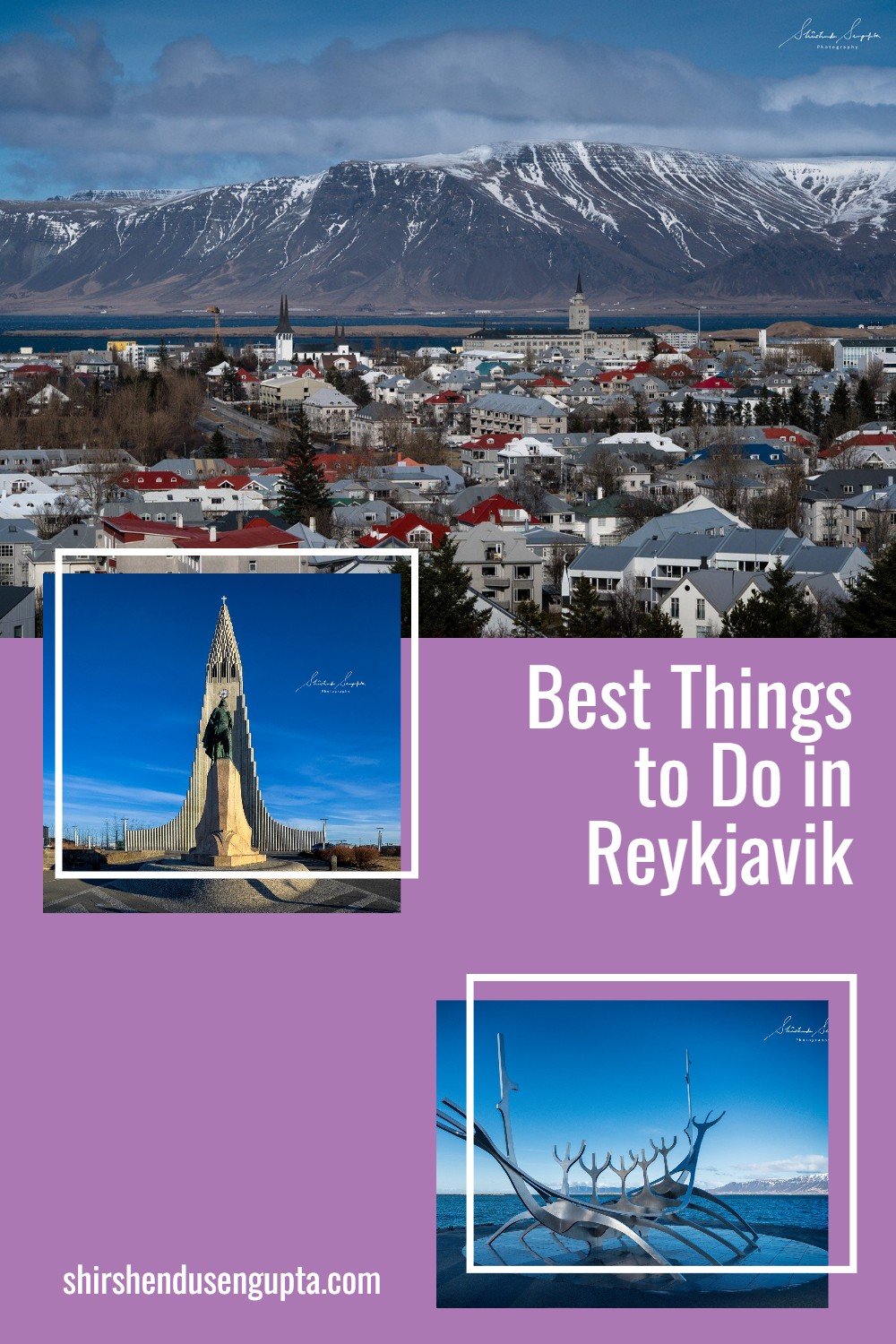
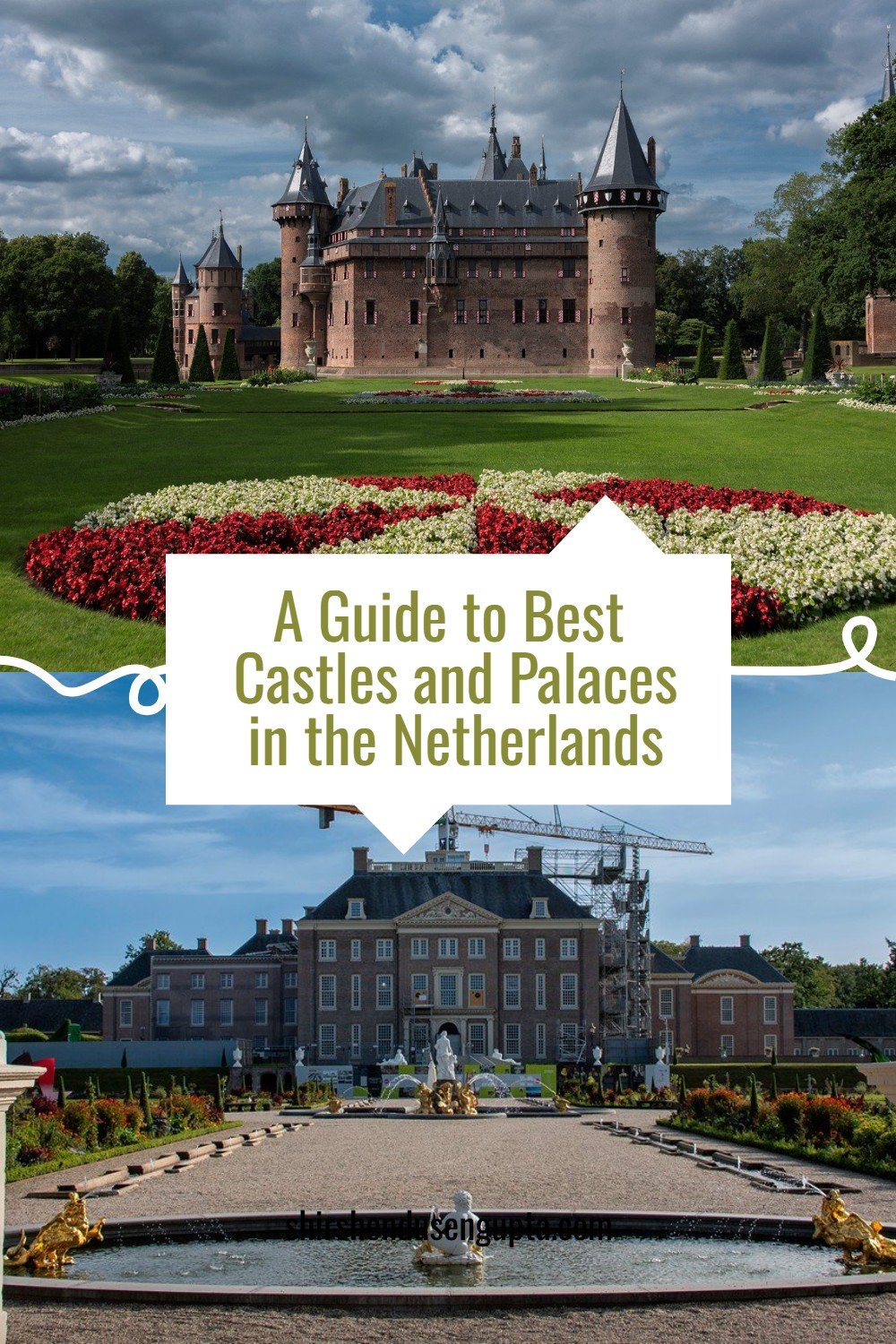
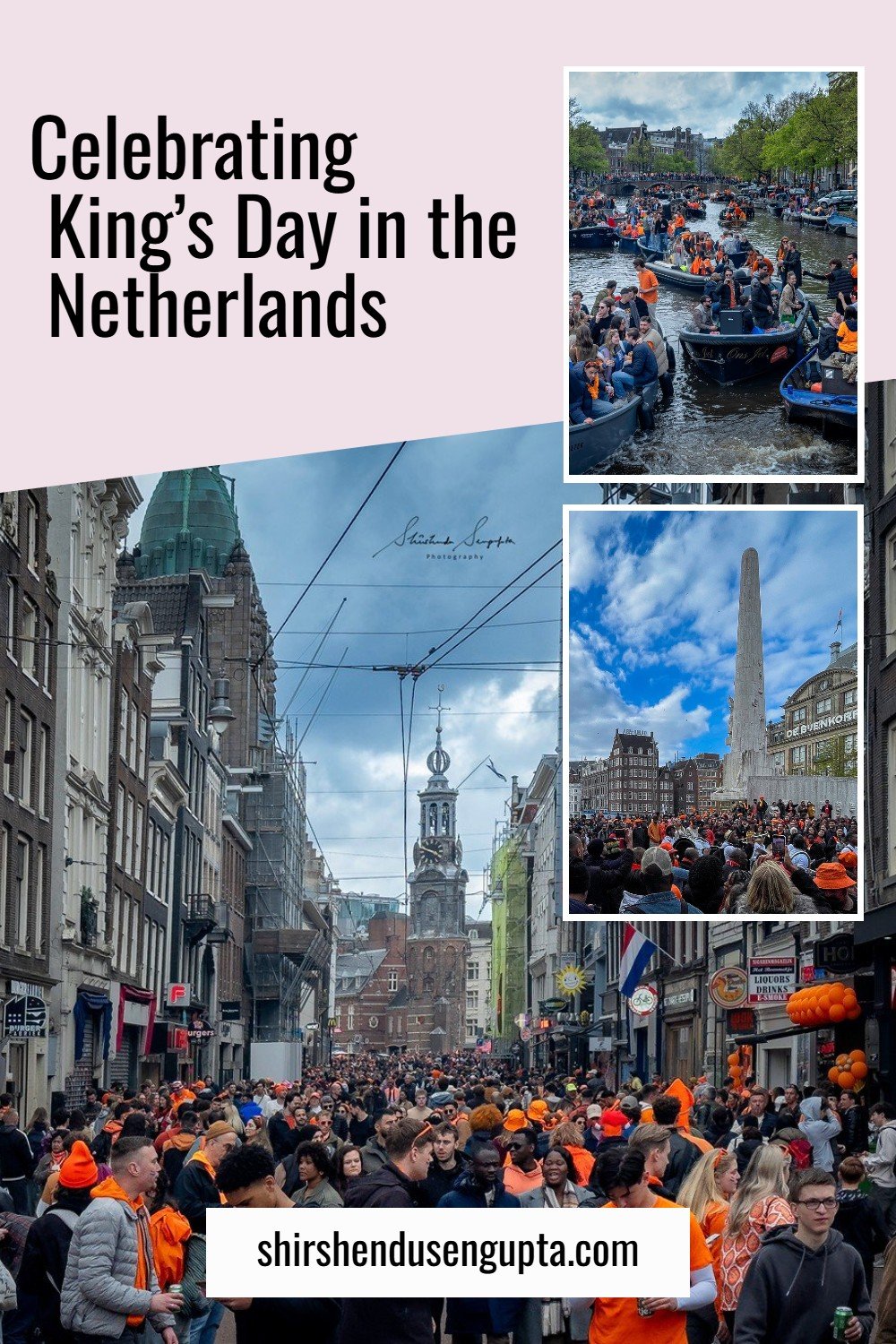
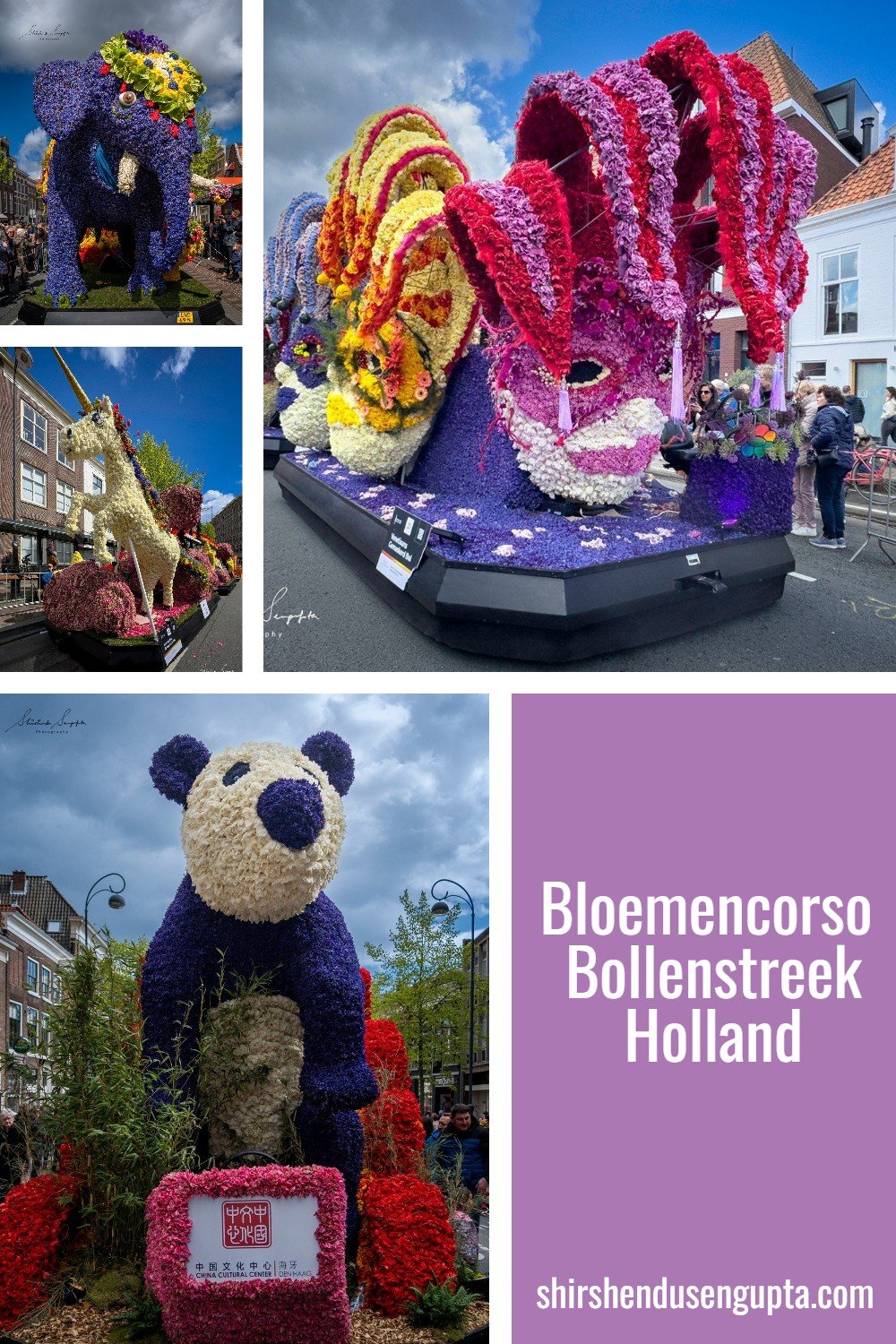
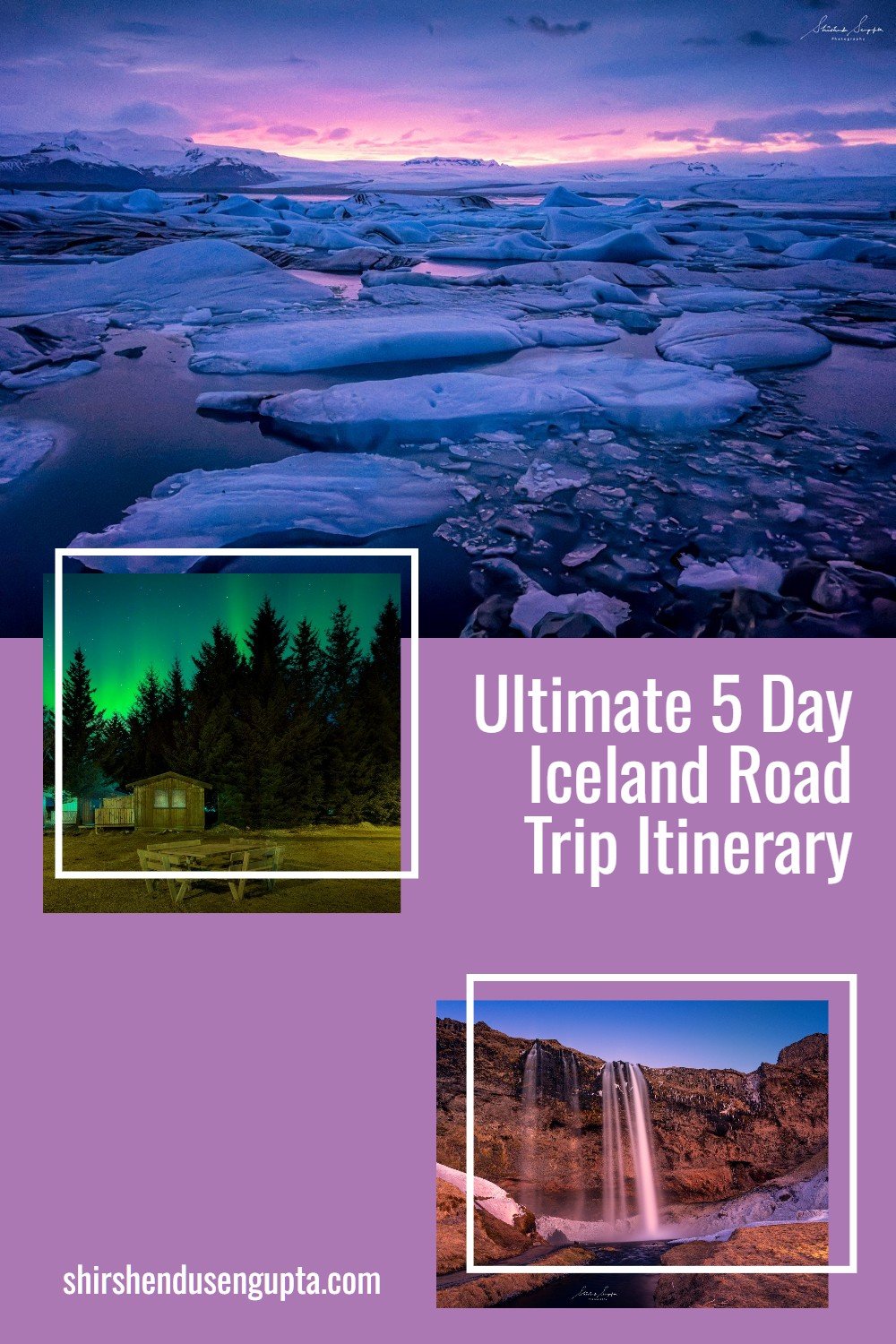
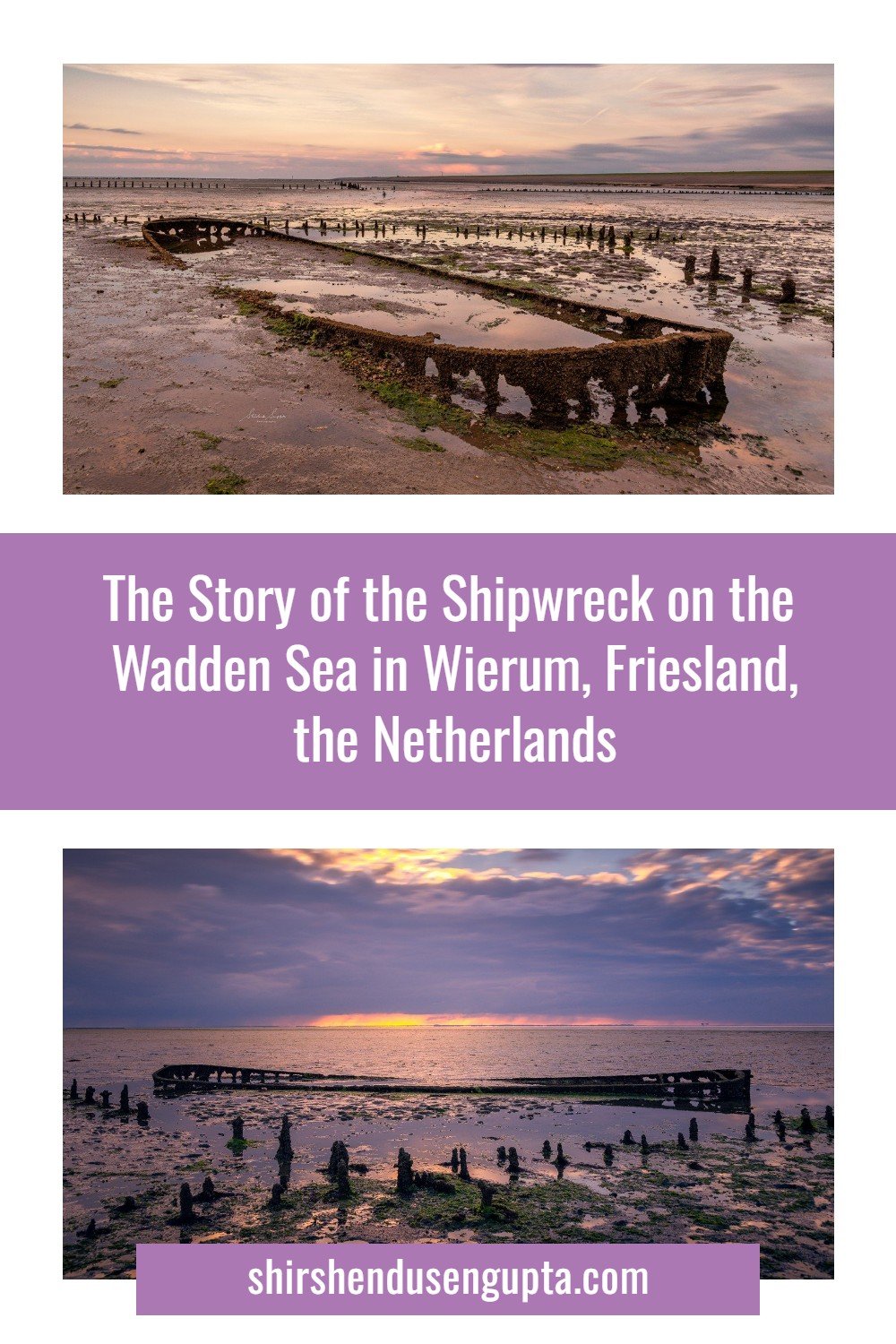
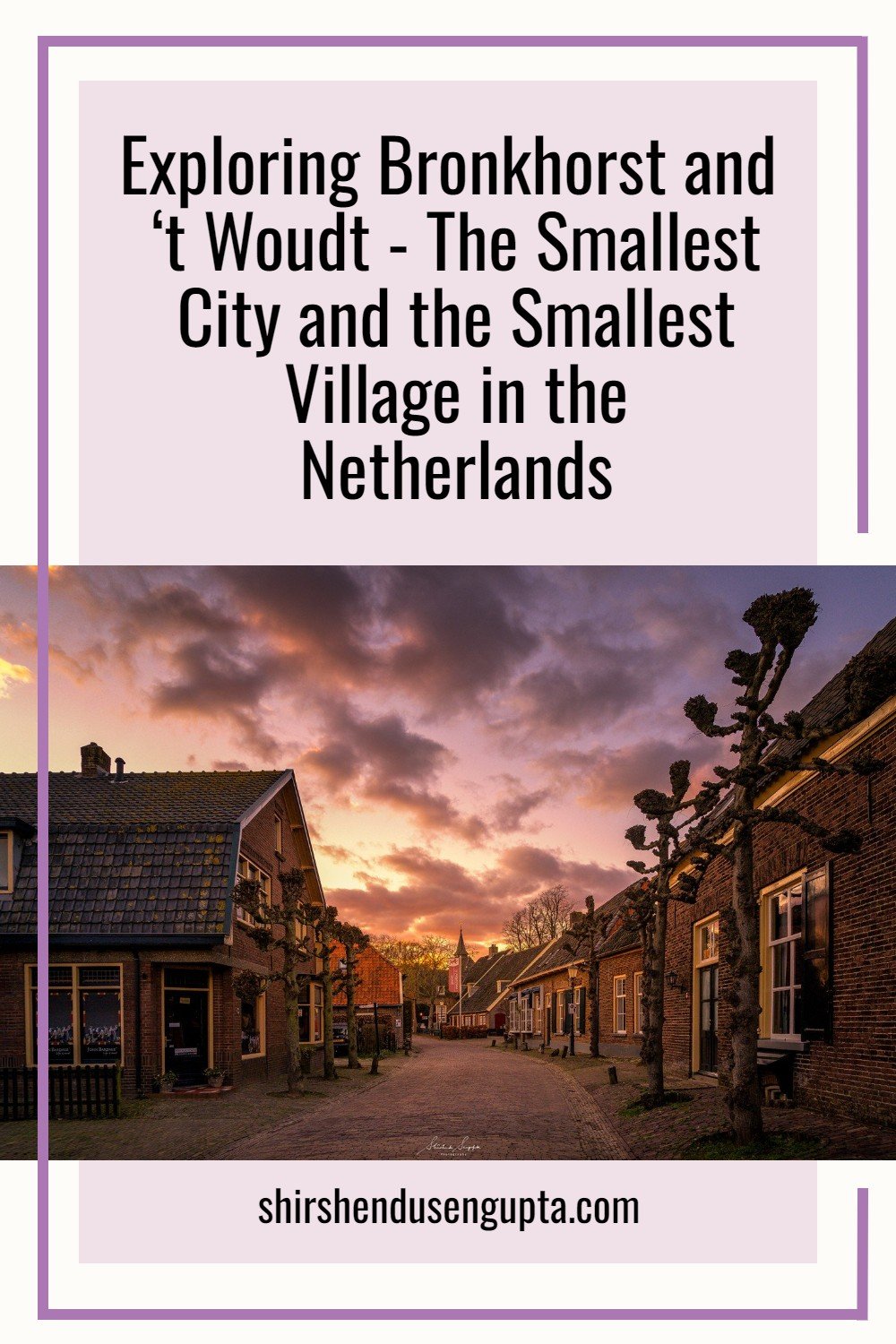
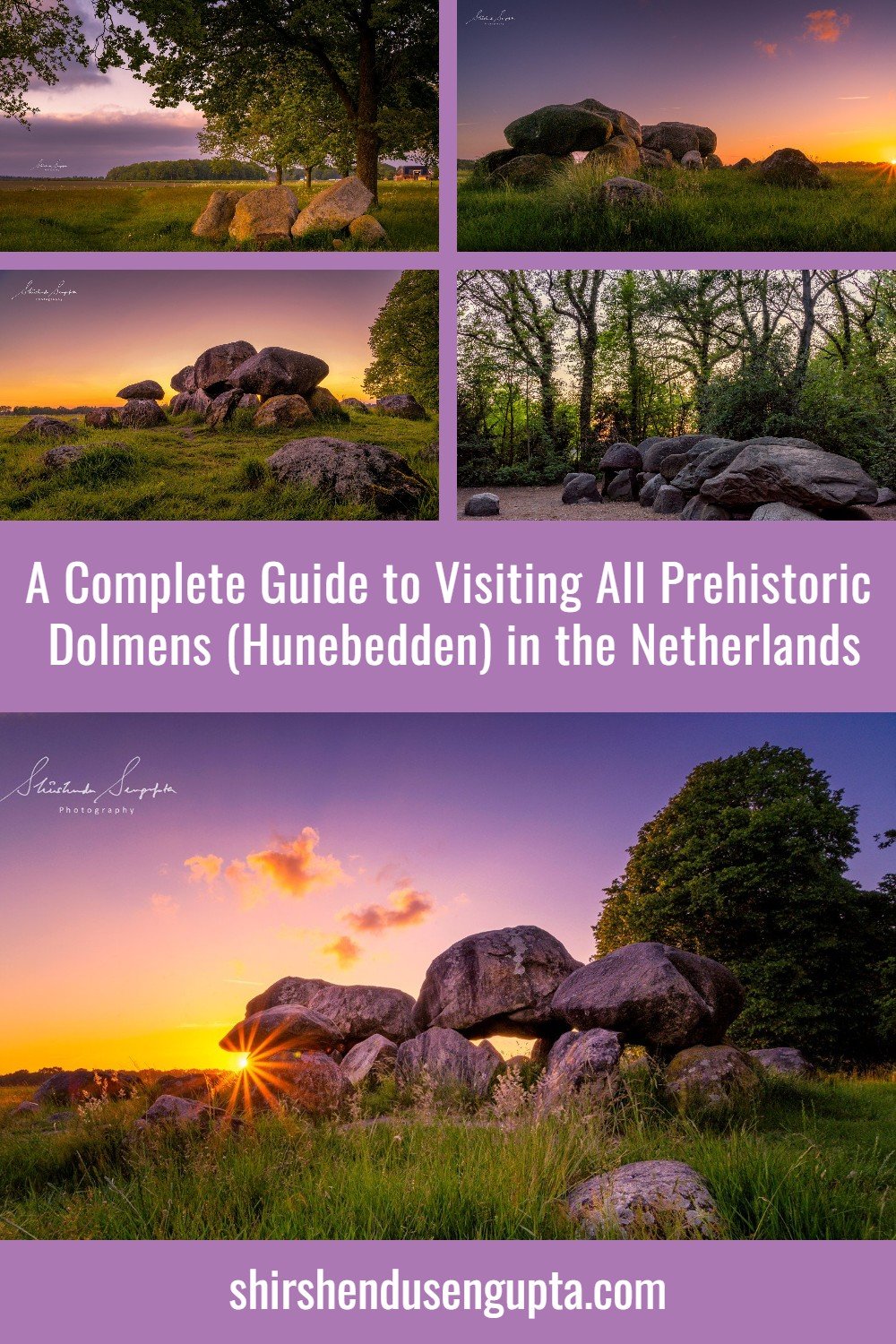
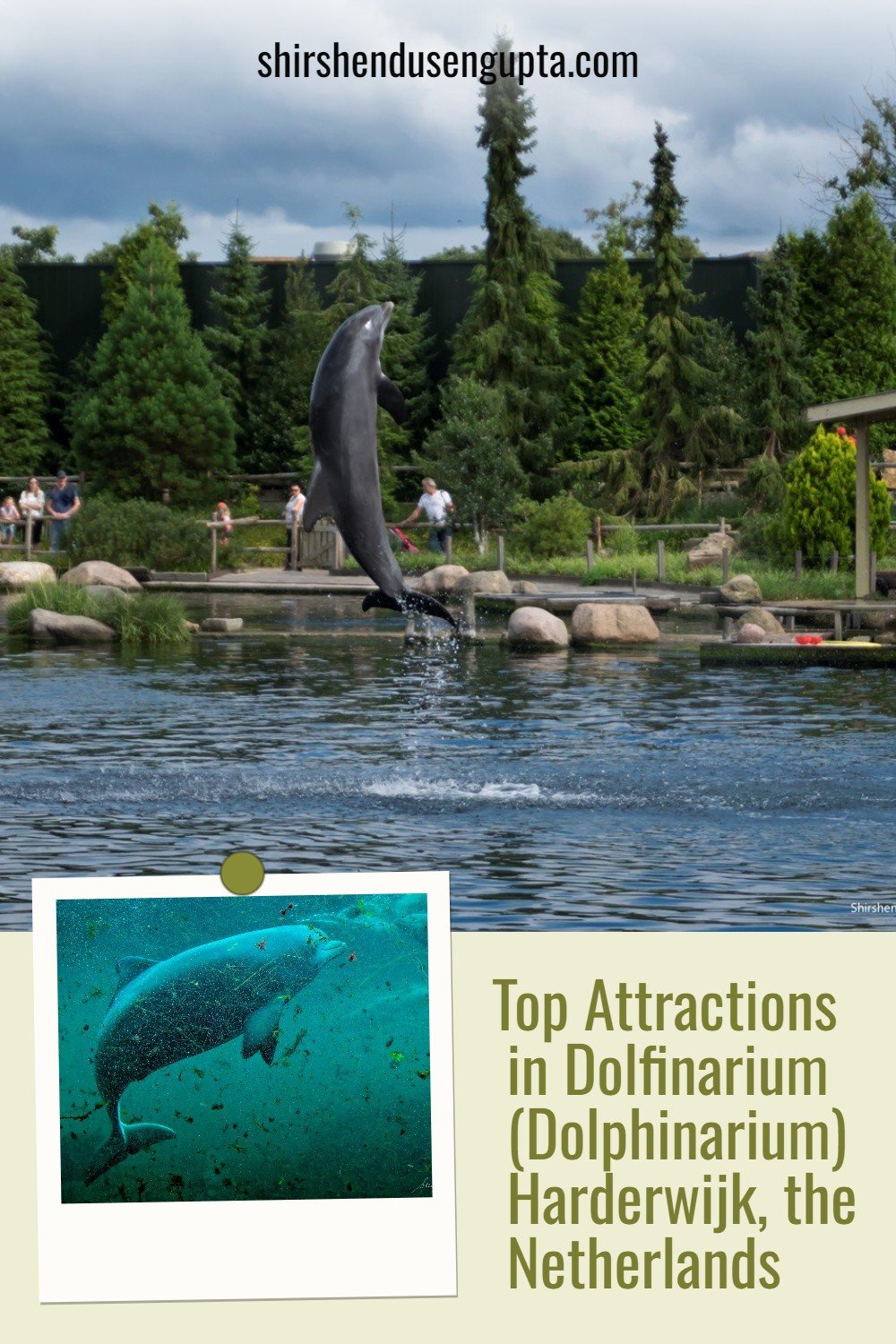

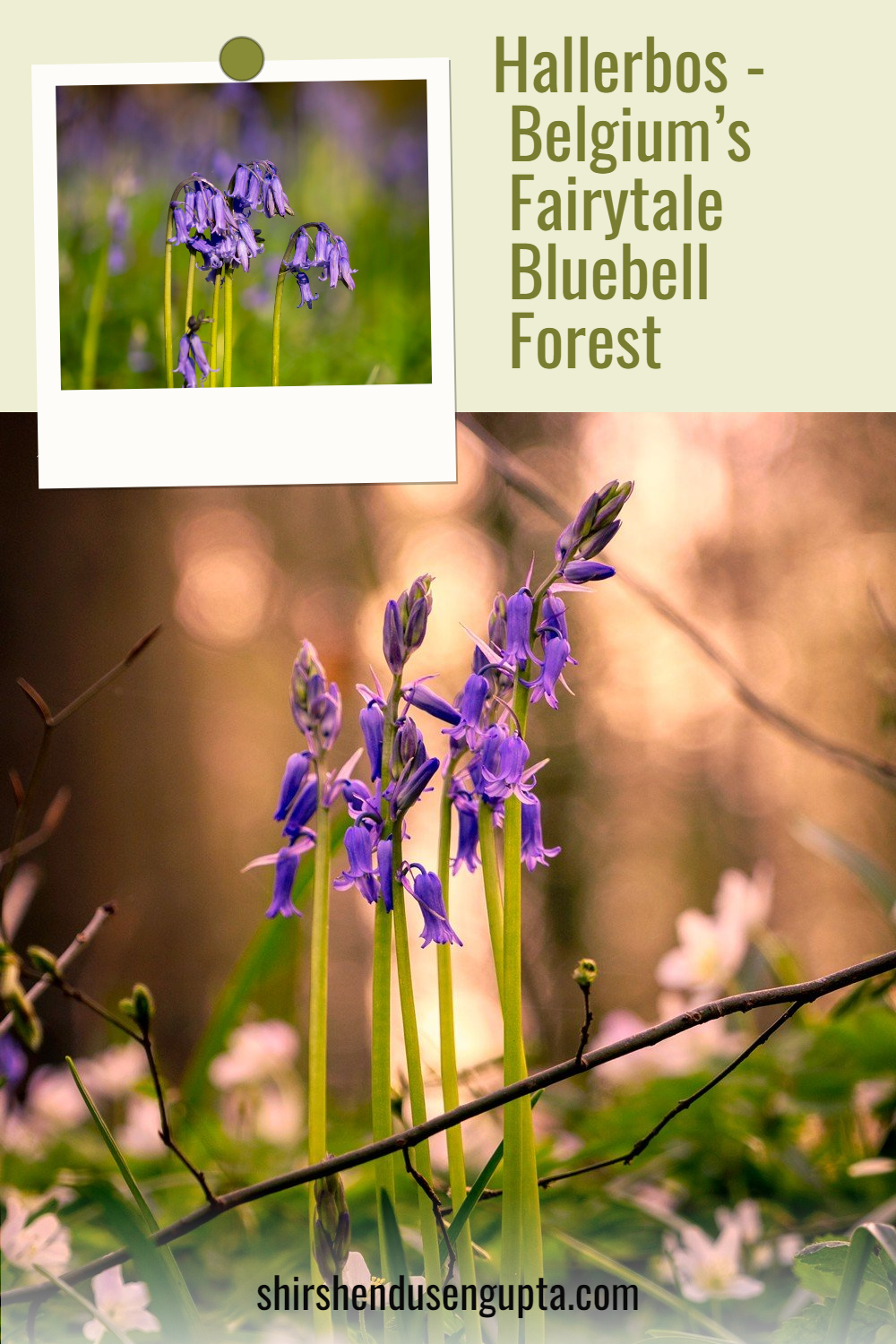
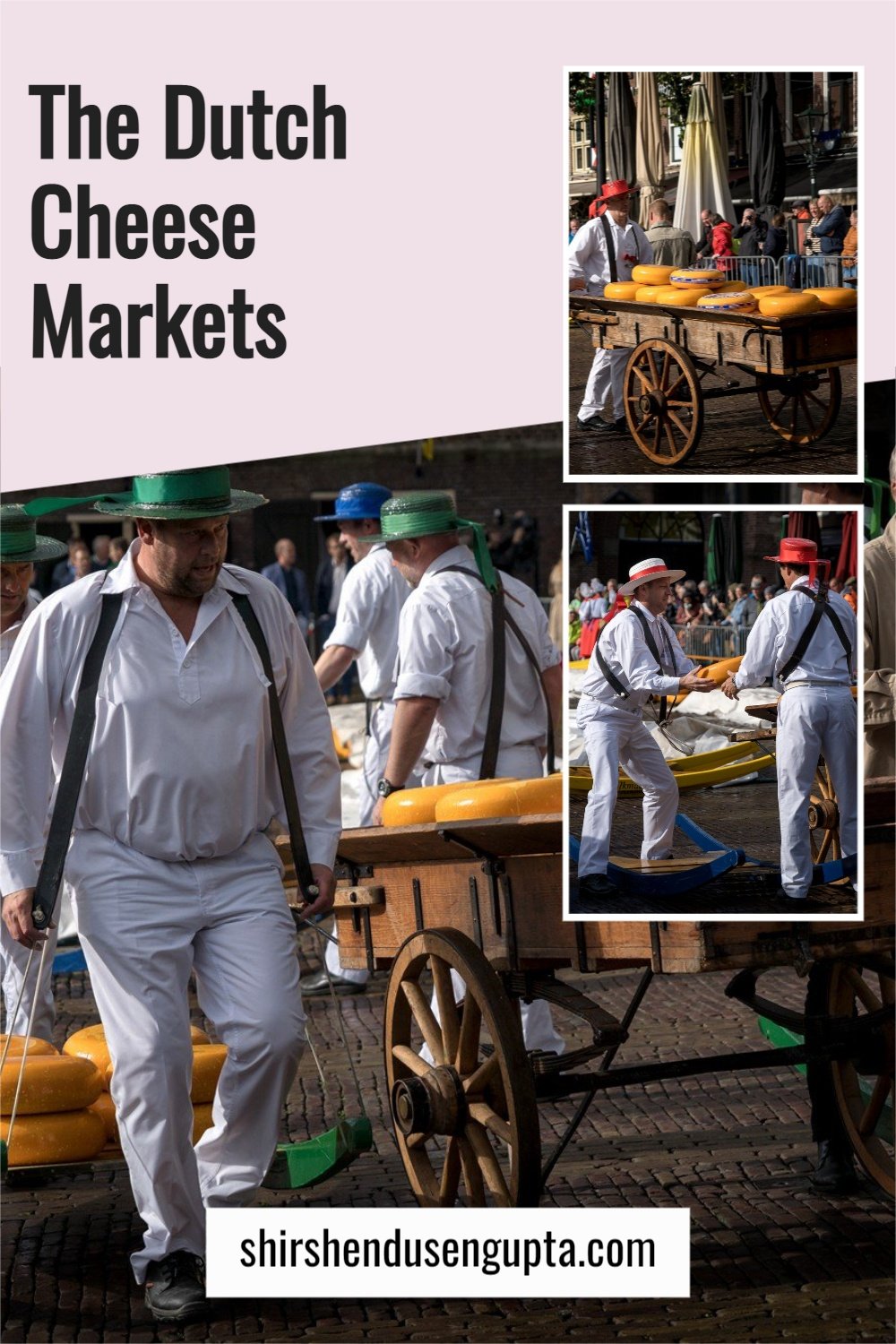

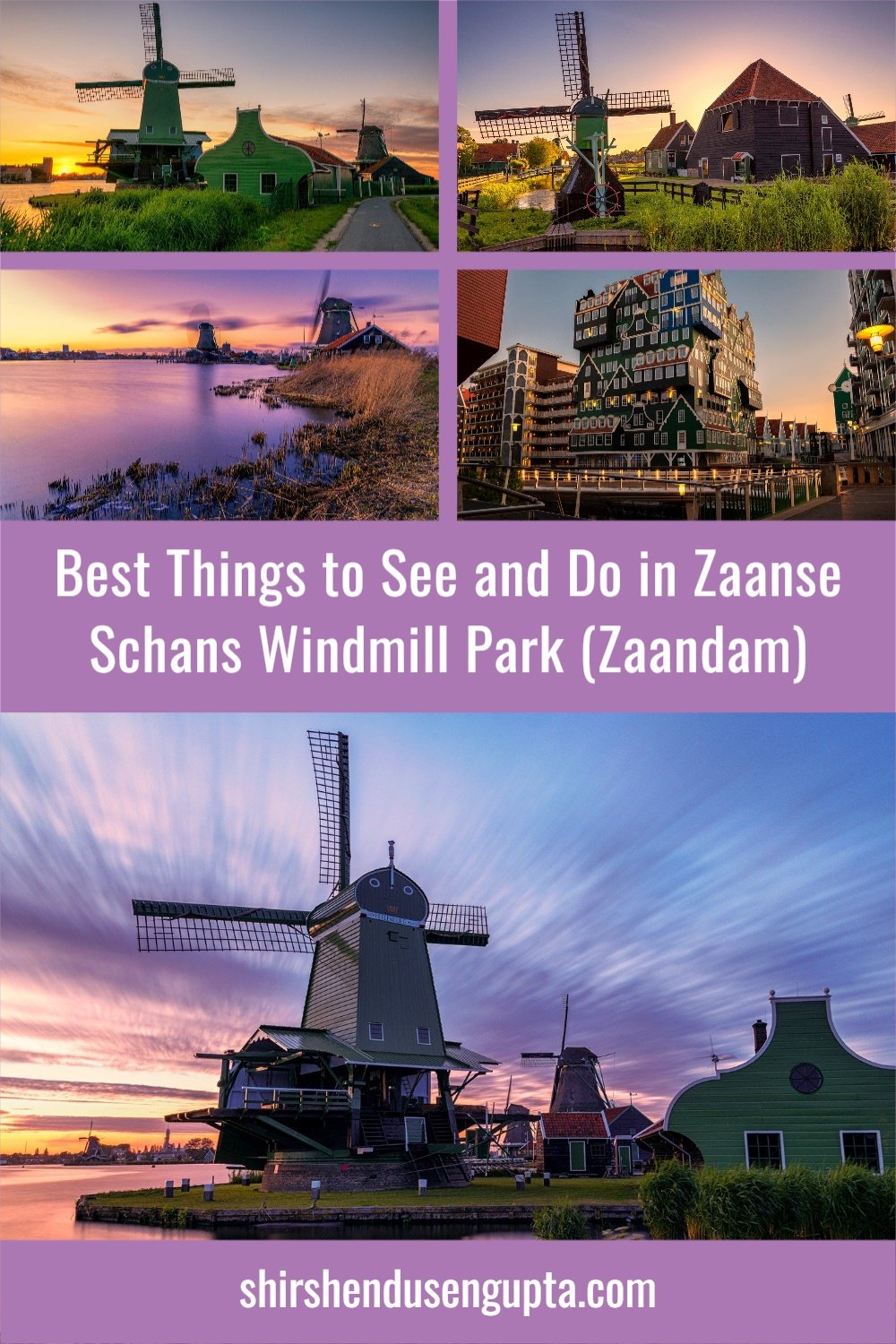
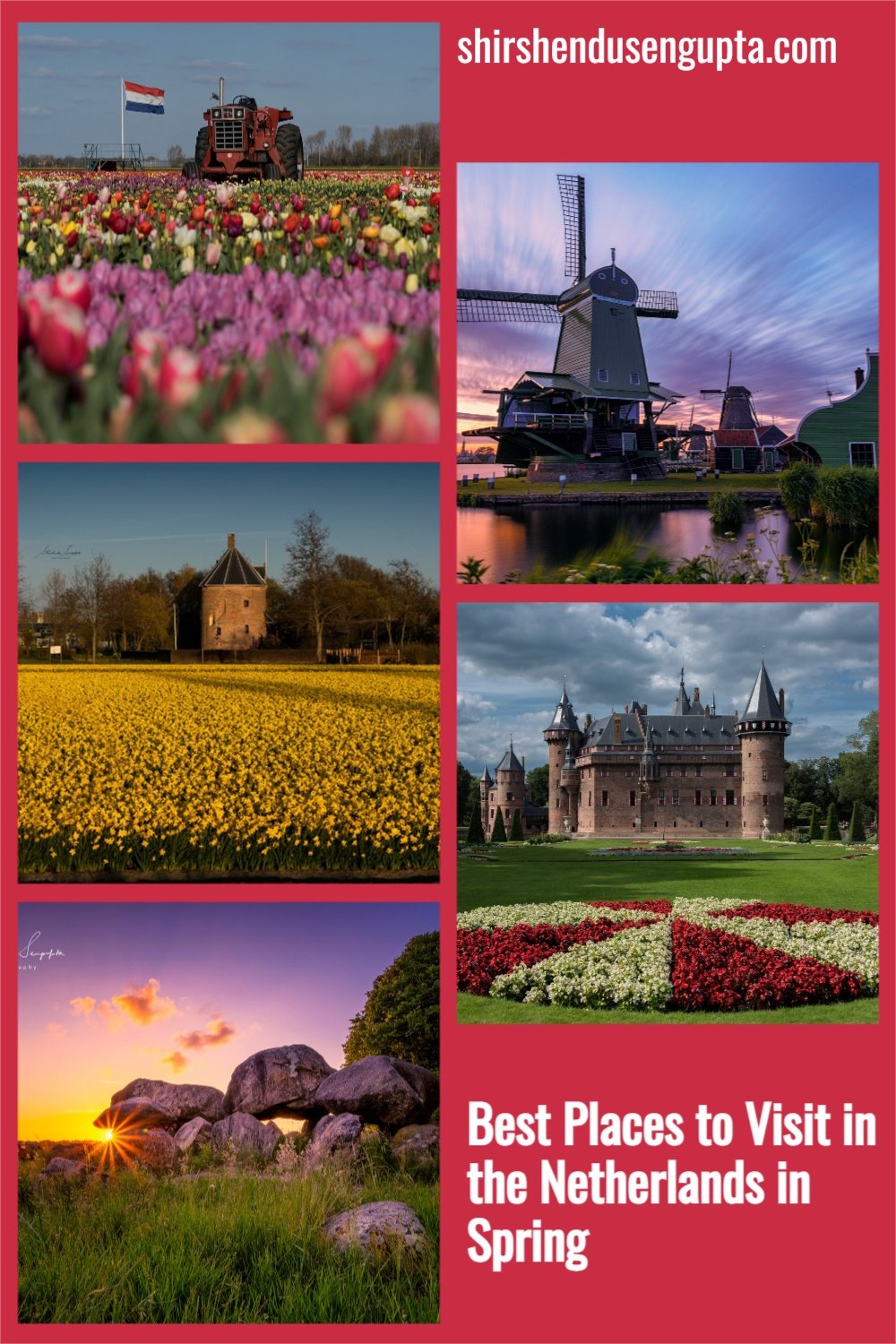
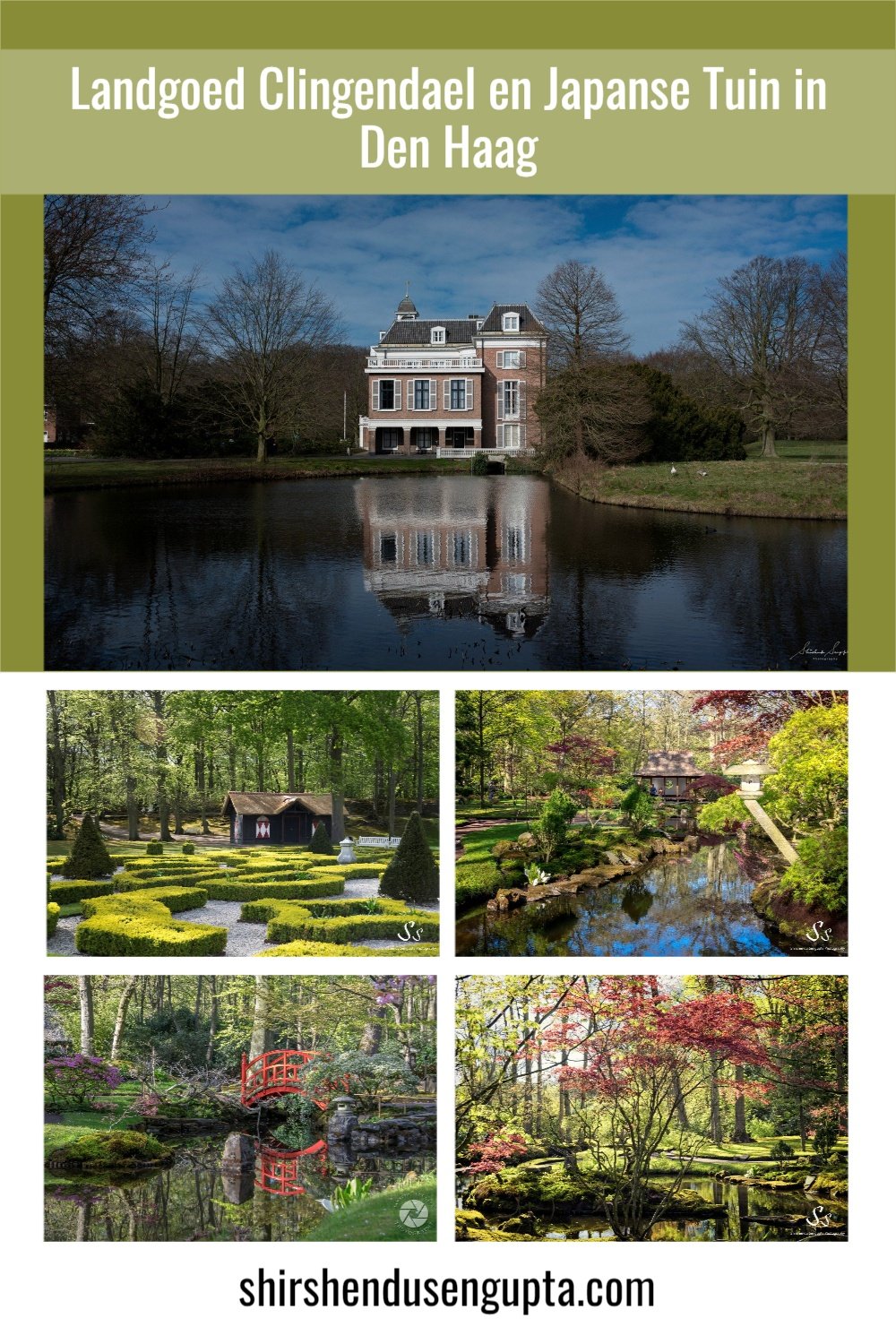
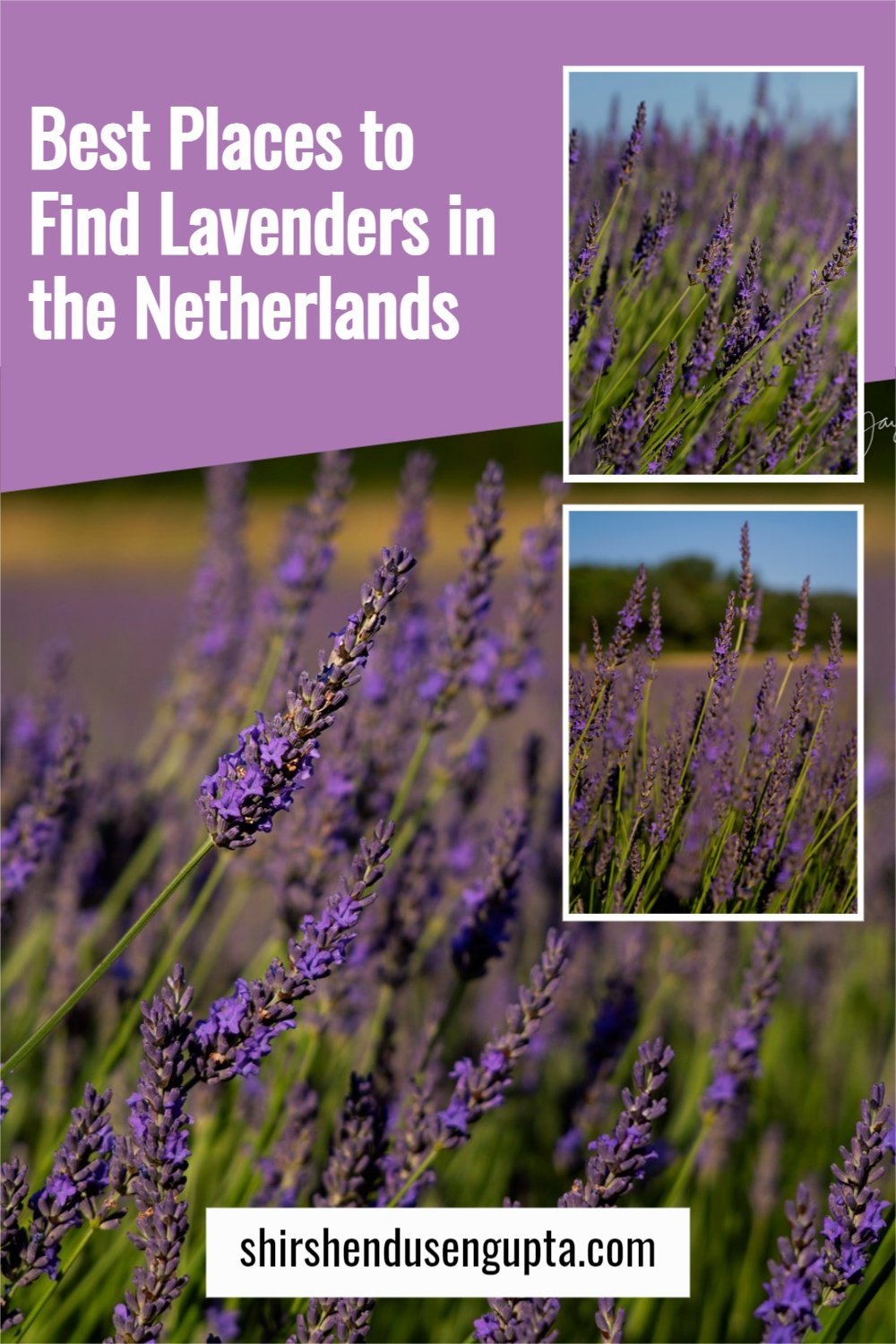

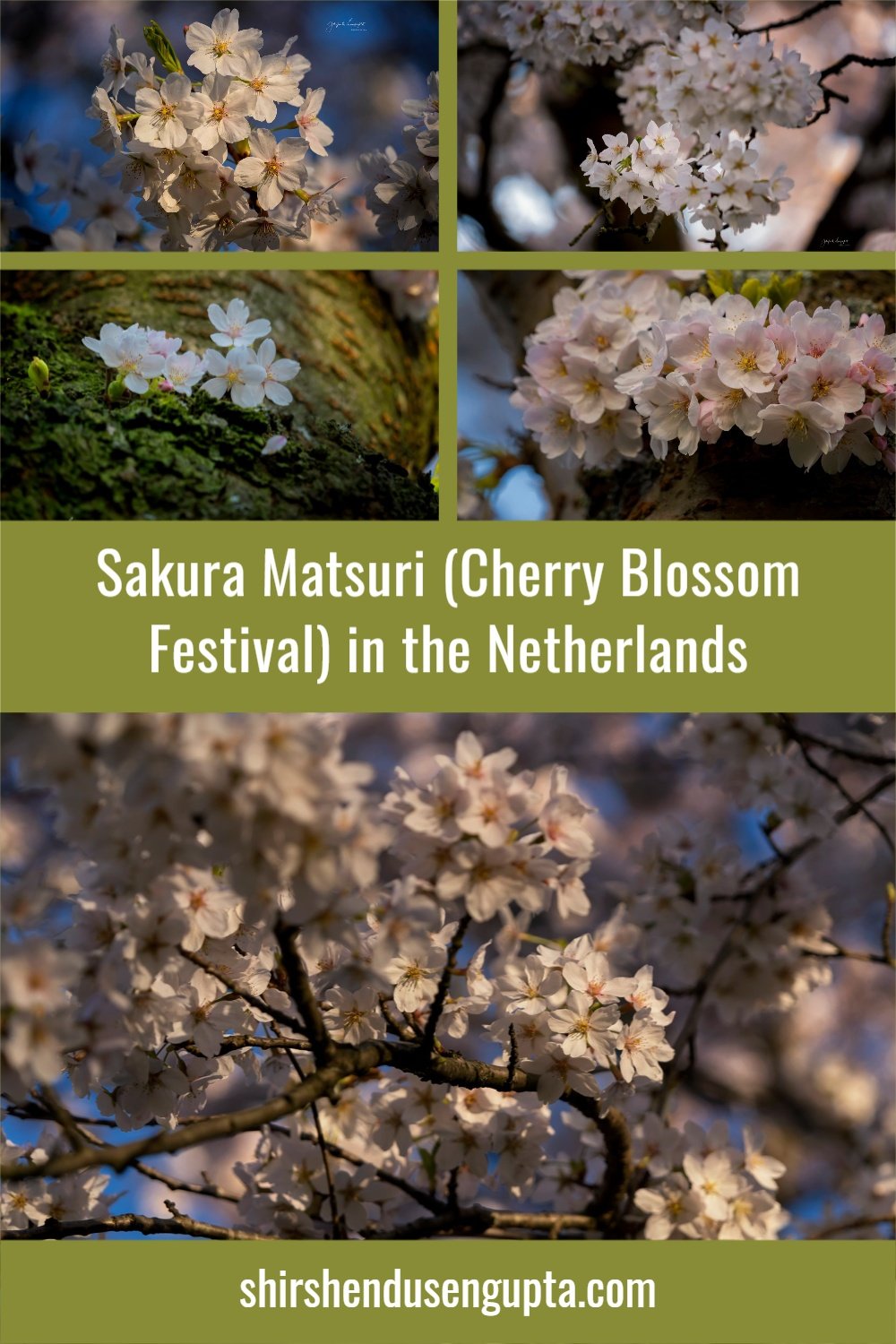
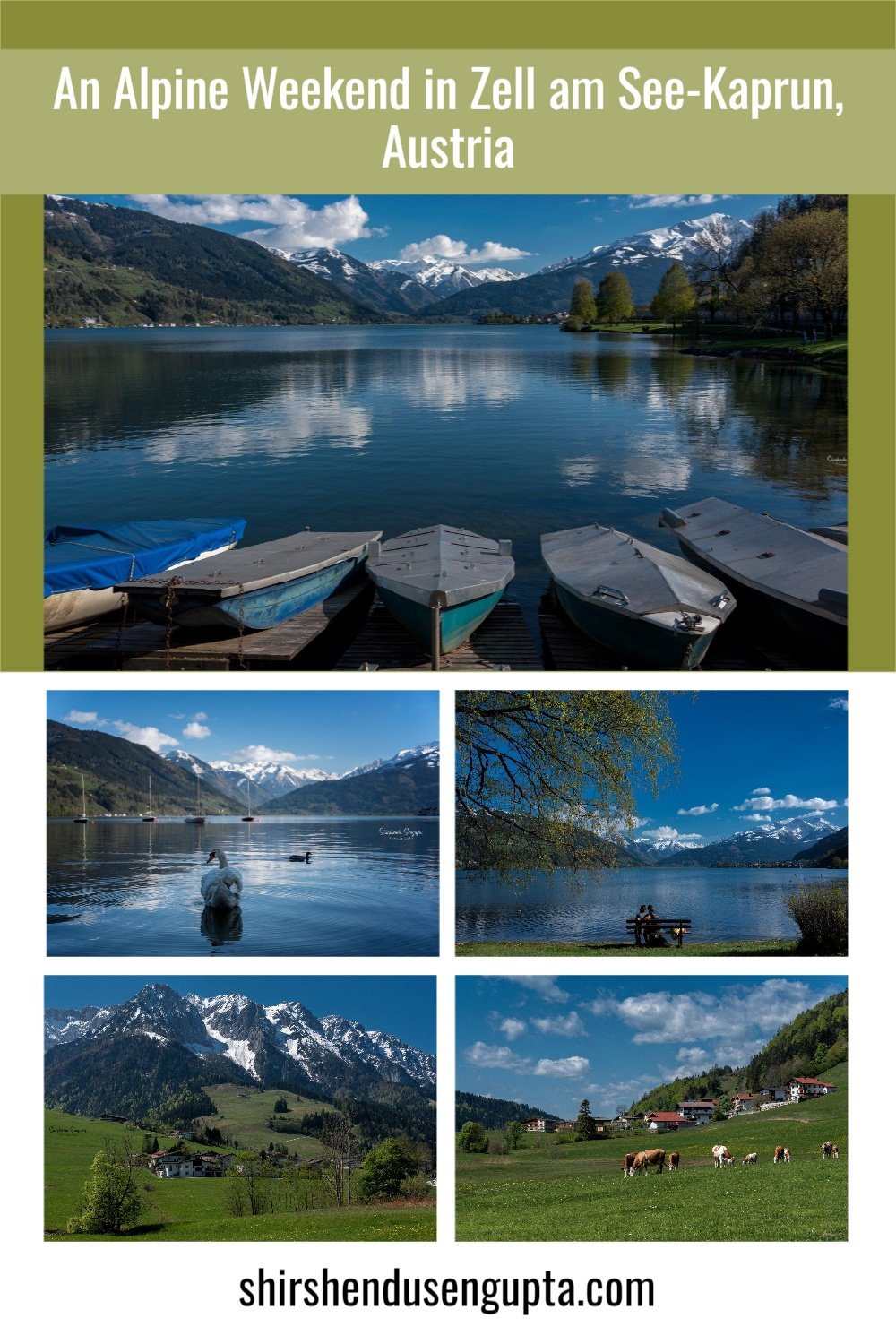
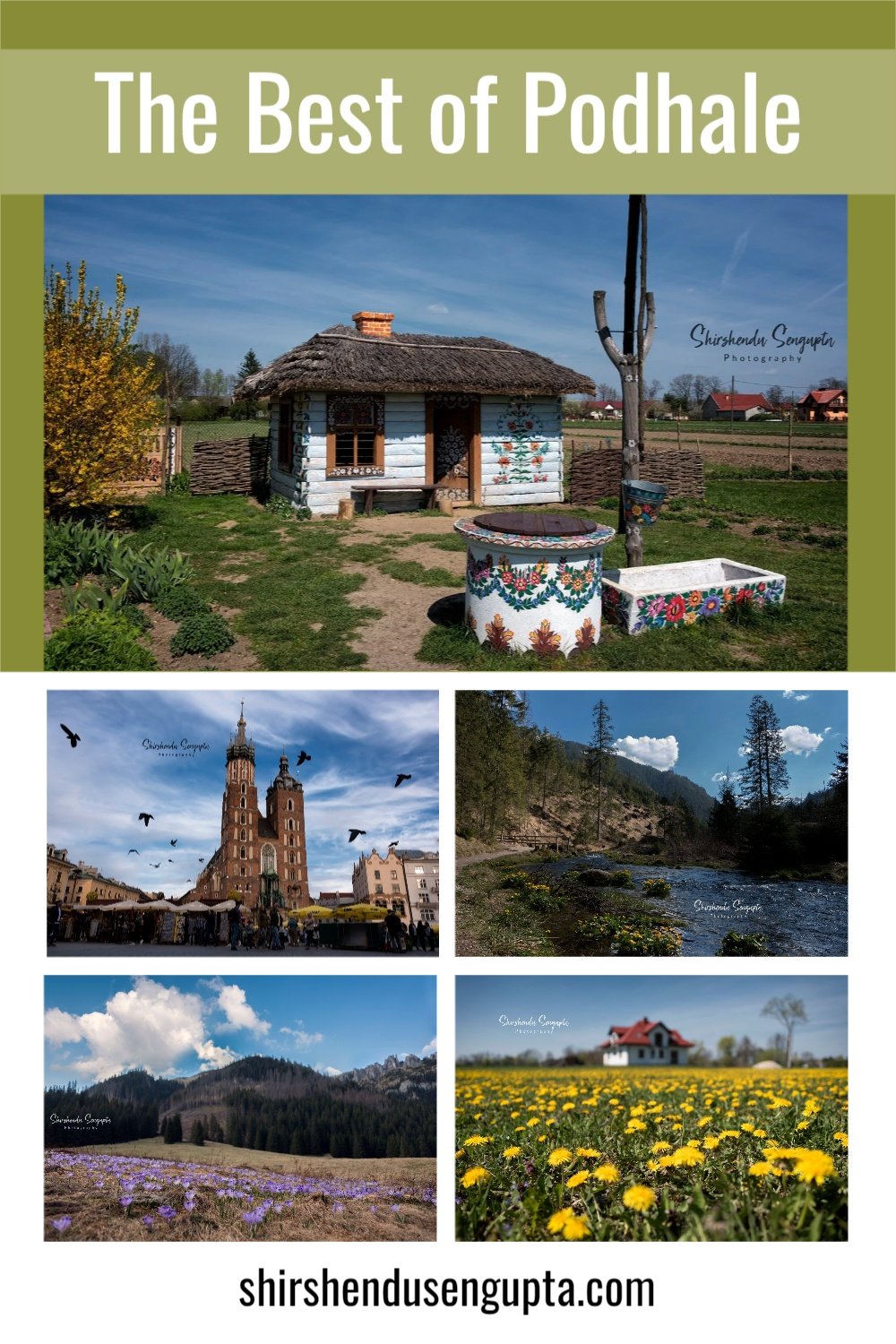
Northern Morocco is where Africa meets Europe, where the Mediterranean kisses the Atlantic, and where history, culture, and landscape collide in vibrant harmony. This region is known for its rich cultural tapestry, rooted in centuries of Berber, Arab, Andalusian, and European influence. From Phoenician traders to Roman conquerors, Islamic dynasties to Spanish and French colonial powers, each era has left behind its imprint in the architecture, art, and spirit of the north.